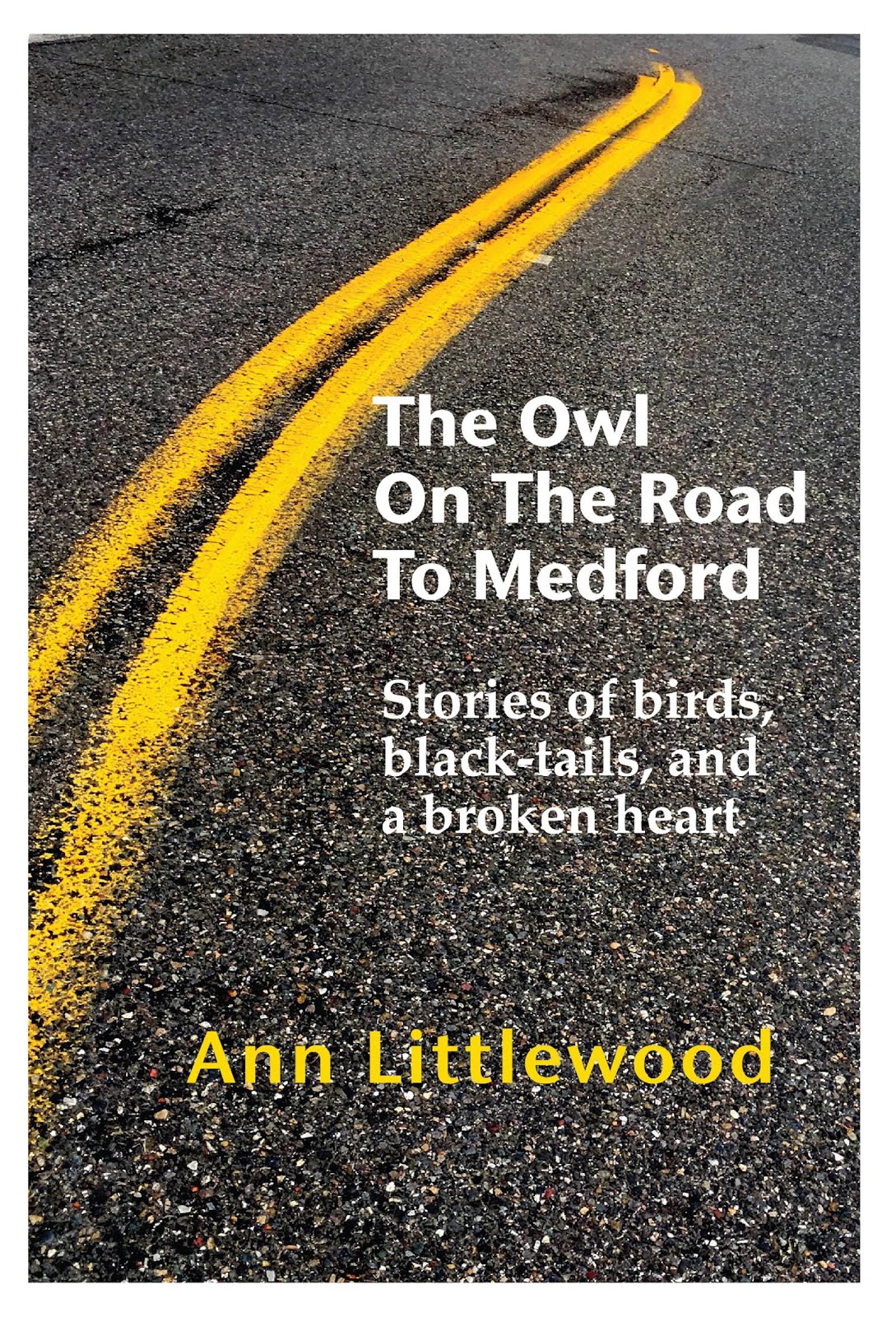

I blogged about New Zealand last time and I'd like to add a bit more before moving on. I've lived almost my entire life in the American West and I've been a conservationist/
environmentalist/ dirt-worshiping tree-hugger pretty much since middle school, which was a long time ago. Here in the western US, the modern history of the interaction between humans and wildlife has "predator control" as a major theme. In
A Sand County Almanac, Aldo Leopold talks about our success in
extirpating wolves from the west with traps, poison, and shooting. We tried, and still try, to do that with coyotes, but they are far better at surviving our efforts. The consequences of our war on
canid and other predators includes poisoned domestic animals, non-target wild animals, and humans. Livestock may benefit, but native grazers and browsers such as deer and elk do not necessarily benefit. In addition, fur bearing predators are trapped for market. Many consider leg-hold traps to be inhumane. All in all, your average wildlife advocate in the US is not likely to be a fan of either poisons or traps.
Not so in New Zealand. Major attitude adjustment required! New Zealand was devoid of mammals until we got there. OK, there were two species of bats and a seal, but that was about it until people deposited rats, cats, weasels, stoats, more rats, deer, chamois (!), goats, pigs, and on and on. The consequences to the native birds, who were often ground-
nesters and otherwise inadequate to the challenge, are all too predictable. (Some of the native birds seem to fly like bricks--great hearty flapping turns out to be a jay-sized
tui or
saddleback, not the wounded condor it sounds like.)
So let's say you want to set up reserves for native wildlife, which, bless their enlightened hearts, those New
Zealanders have done. The requirements are that you have some habitat (see previous blog) and that you get rid of the introduced predators. The photo at the top of this post shows the incredible fence at
Kaori Sanctuary near Wellington. It is designed to keep out mammals as small as juvenile mice, burrowing pigs, jumping deer, climbing cats, and everything else. The reserve is encircled by this fence (you can see it on Google Earth). That is Step 1 and now here we are at Step 2, traps and poisons. Once the space inside the fence is cleansed of mammals, then
tuatara,
saddlebacks, and other wildlife can be released with a reasonable hope of survival. But it doesn't end there. The price of survival is eternal
vigilance. A staff person said that if the fence is breached (such as a tree falling on it), the likelihood of a predator (feral house cat, rat, stoat) entering the sanctuary is about 80-90% in 24 hours. That is some pressure. So the staff have little boxes everywhere with bait in them to collect tracks. That way, they can tell what's gotten in and deal with it.
Mt Arthur on the South Island isn't fenced. I stood in one spot and rotated, taking pictures of different kinds of traps for different kinds of mammals. The reward for all this control was two
wekas wandering around the trails, among a lot of other very cool birds.



Our relatives have kiwis on their property, far north on the North Island. The local trapper/poisoner keeps the Brush-tailed possum population low so that tree ferns and kiwis can survive.
I'm still getting adjusted to two realities: that wildlife can depend so utterly on our efforts and that our least-liked tools may be essential for the job.
Your thoughts? I would especially love to hear comments from people who know more about New Zealand conservation than I do.
Technorati Tags:
New Zealand conservation, Kaori Sanctuary, Mt. Arthur, predator control






















 Bronx zoo tiger training
Bronx zoo tiger training Harbor seal trained for
Harbor seal trained for  Ann, Back in the day with San
Ann, Back in the day with San Gorilla exhibit at Bronx
Gorilla exhibit at Bronx















